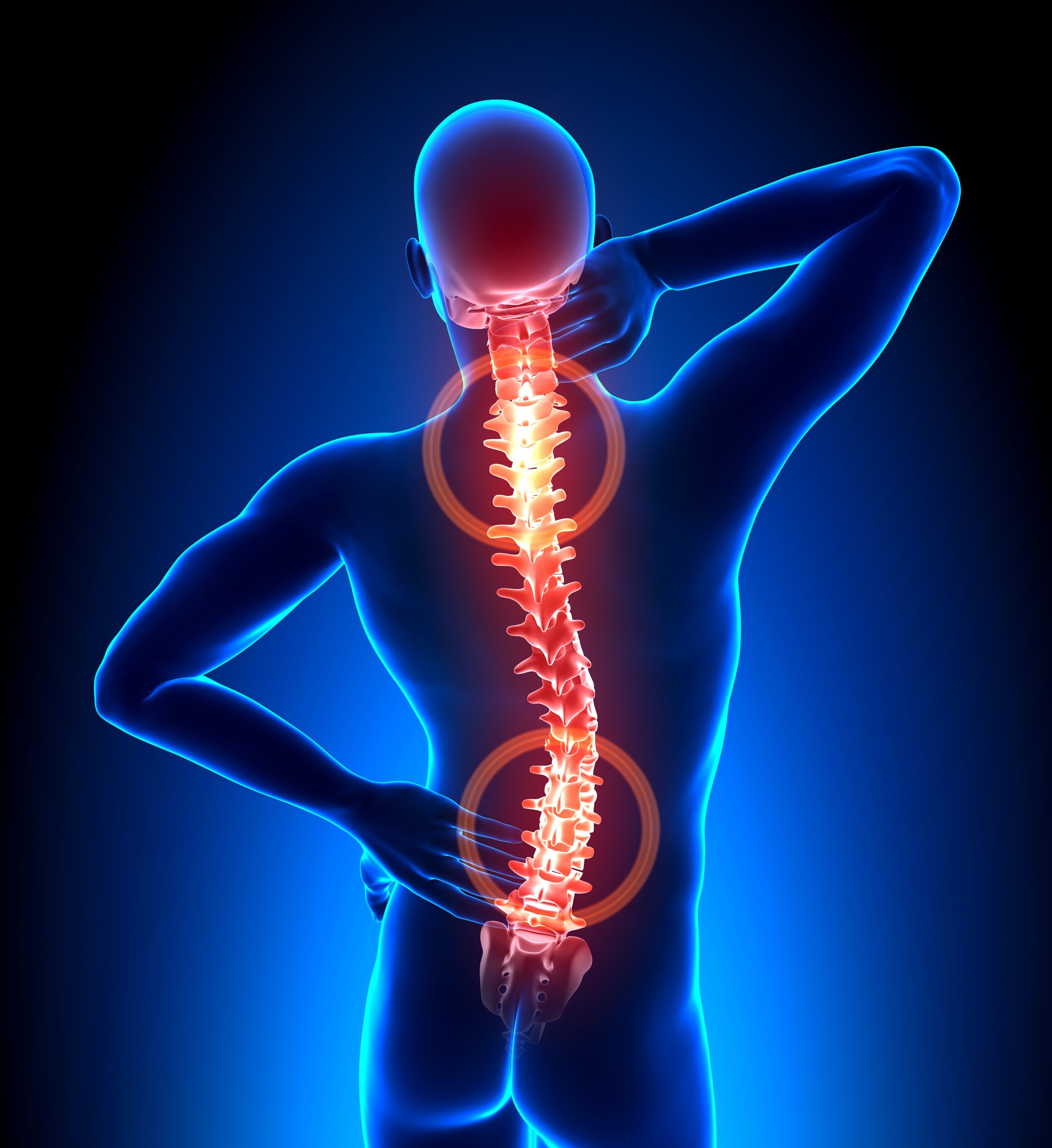CONDITIONS WE TREAT
Spine
Spinal Stenosis
Spinal stenosis is a condition that occurs when the space within the spinal canal becomes too small to comfortably accommodate the spinal cord. As spaces within the spine begin to narrow with age, the spinal cord and nerve roots become compressed. When this occurs, a person often experiences extreme pressure on the spinal cord and nerves that can cause pain to travel through the spine.
Spondylolisthesis
Spondylolisthesis is a serious condition that occurs when a vertebra slips out of its natural alignment and onto the bone below it, leading to significant instability and discomfort. When this happens, it places extensive pressure on the nerves, causing intense lower back or nerve pain. There are several types of spondylolisthesis.
Herniated and Bulging Disc
A herniated disc is when one or several cracks occur in the outer portion of the disc's cartilage. This crack may allow some of the soft cartilage to protrude through. Some people may also call a herniated disc a "slipped" or a "cracked" disc.
A bulging disc occurs when it seems to be "bulging" out of alignment. As discs age, they dehydrate and show signs of wear and tear. Because of these changes, the outer layers can bulge entirely around its circumference.
Radiculopathy
Radiculopathy occurs when a nerve along the spine becomes damaged or pinched in the spinal column. This condition is often related to a herniated disc. Radiculopathy may also occur due to sudden trauma.
Myelopathy
Myelopathy is a painful condition that occurs when a nerve within the spinal cord becomes compressed or pinched. The compression may result from trauma, disc herniation, or degenerative disease.


